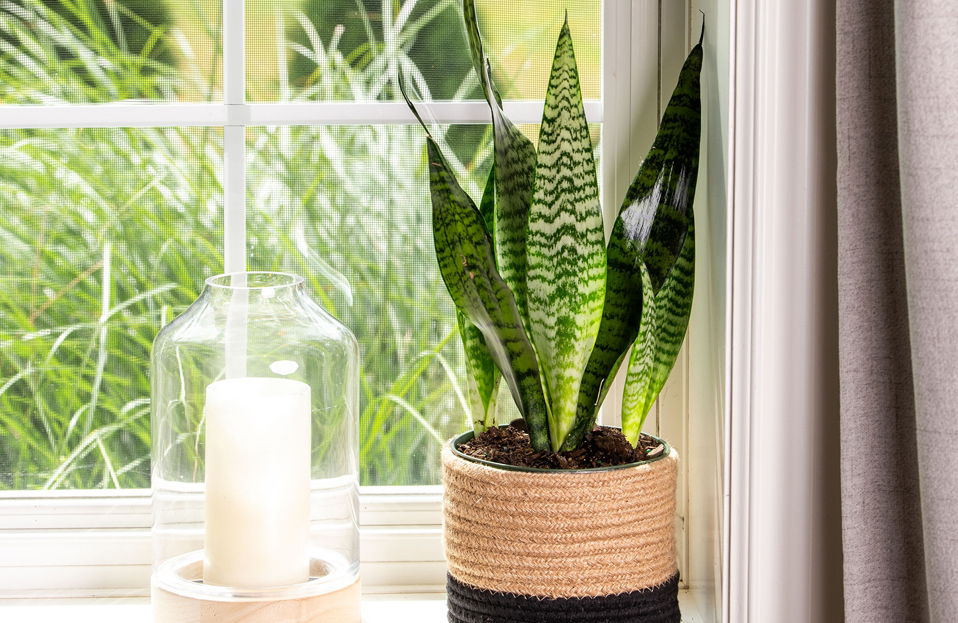
There are a lot of myths and half-truths floating around the internet about how houseplants actually improve the air quality in your home, so let’s “clear the air” on the subject.
In 1989, NASA published a ground-breaking report on Interior Landscape Plants for Indoor Air Pollution Abatement (better known as the “Nasa Clean Air Study”). The purpose of this study was to see if placing living plants in indoor environments would reduce the concentration of volatile organic compounds (VOC’s). An ailment called “sick building syndrome” was a common concern, believed to be caused by VOC’s that are released by many common consumer products (eg: building materials and furnishings, cleaners and disinfectants, adhesives, solvents, paints and thinners, wood preservatives, copy machines and printers, etc.).
While not all hypotheses posited by its author (Wolverton) have stood the test of time (eg: we now know that leaf surface area does not necessarily correspond to air purifying ability), this ground-breaking study proved irrevocably that houseplants can and do remove VOC’s from their environments. It also paved the way for a growing branch of research into the healing power of plants.
Photosynthesis is the process by which plants use carbon dioxide, sunlight and water to create oxygen and energy (in the form of sugar). However, this process is not as simple as carbon dioxide in and oxygen out. Houseplants can respire some carbon dioxide at night. However, some unique plants like our Clusia rosea can actually absorb carbon dioxide even at night!
Getting down and dirty can be a good thing! Microorganisms in the soil play a major role in absorbing and breaking down harmful VOC’s. Most VOC removal actually occurs in the rhizosphere, the area surrounding the plant roots that stores microbes, where the chemical and biological features of the soil are influenced by the roots. This helps explain why bigger plants can mean better when it comes to air purification.
As growers and also plant enthusiasts we’d like to say you can never have enough plants (although the people you live with may disagree). Truthfully, there is a lot of debate in the scientific community about how many plants you need in your home or indoor space to significantly improve indoor air quality. How many plants it takes will depend on a combination of factors, including the size of your space, the size and type of plants, and other environmental conditions. Register your plant today using our online tool to help calculate your air purification score, based on your unique plant type, plant size and room size.
As revealed by the NASA study and others following it, not all plant species are equal when it comes to VOC removal. For example, did you know that Gerbera daisies, cherished for their bold blooms in many colours, are actually one the best natural air purifiers around?
To learn more about what plants make great indoor air purifiers, check out our Live Healthy collection, or look for the little cloud “air purifier” designation when searching our Collections + Care page.
Happy planting!